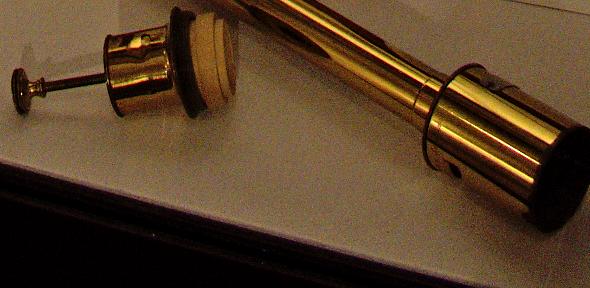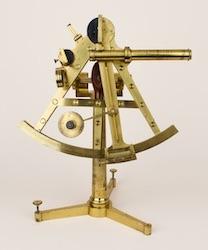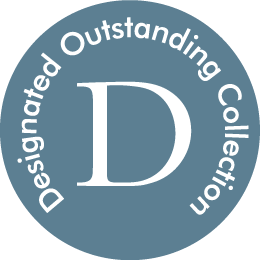The sextant was an essential navigational instrument, so large ships carried several as insurance against failure. As the example in Image 1 demonstrates, the telescope tube, horizon glass, and movable shades were particularly vulnerable to breakage.
When novice astronomer William Gooch joined the Vancouver Expedition in 1791, he must have cursed his luck when both his sextants were damaged beyond use only a month into his voyage. As he recorded in his journal:
“We arrived [in Rio] on the 27th Oct … I found the Micrometer screw on the Troughtons Sextant immoveable & about 10 days before I found one Corner of the Brass frame of the Dollond Sextant eaten thro with Rust & the Horizon Glass loose.”(1)
But in an extraordinary stroke of luck, Gooch soon found a man with suitable skills to repair both:
“Luckily one of Ramsdens Principal workmen was on board the Pitt as a convict he was brought on board the Daedalus & repaired both in my presence.”(1)
Remarkably, Gooch had discovered in Rio harbour a convict bound for Australia who had apprenticed under the preeminent London instrument-maker Jesse Ramsden—and the prisoner was willing to carry out the essential fixes!







